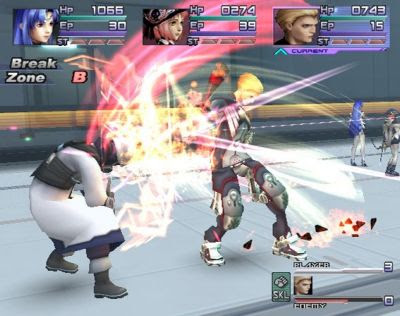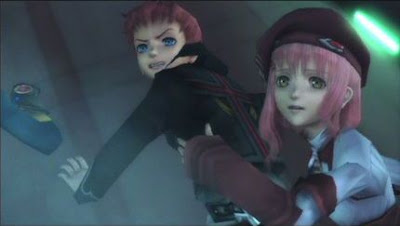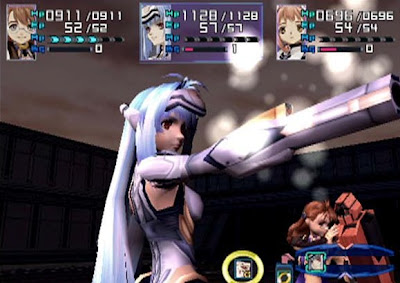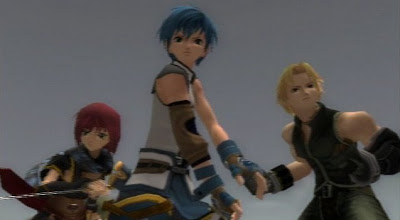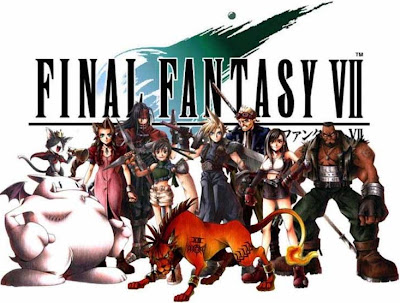Ever the source for political incorrectness, Steve Sailer has a new article up discussing the dynamics of section 8 housing.
But Rosin shows at great length that it’s not “paranoia” at all—poor people really do destroy suburbs. The tearing-down of Memphis’s inner city projects, while making Memphis’s historic downtown more fashionable for young white professionals, has launched a crime wave in the inner suburbs.
This piece actually solves two issues that I’ve been too lazy to rectify in my mind:
-
- First, what has made so many inner city areas suddenly habital again? There’s even slick condos on Clevelands near west side, an area given up for gone no more than fifteen years ago.
- Second, why have so many formally decent suburban areas gone to pot? Forest Park in Cincinnati and Maple Heights in Cleveland both spring to mind. I’m sure some demographic issues don’t help, but still.
It turns out that the two are directly related through, get this, government mismanagement*.
First, inner city government housing which should have never have been built in the first place is torn down under assumption that the hellish conditions of the projects are caused by concentrated poverty rather than the hellish inhabitants. Second, section 8 housing is handed out to those same occupants so that instead of having to work hard to live in a nice area, said occupant can just mooch on the efforts of others. All this is done with the thought that when the moochie beholds his neighbor struggling to actually pay for his house while paying taxes so that the mooochie can live next to him; that Mr. Mooch will realize the errors of his ways and start working smart and hard for his place in society which he gets for free anyway. Or something like that…
“… the match was near-perfect. On the merged map, dense violent-crime areas are shaded dark blue, and Section 8 addresses are represented by little red dots. All of the dark-blue areas are covered in little red dots, like bursts
of gunfire. The rest of the city has almost no dots. … they were amazed—and deflated—to see how perfectly the two data sets fit together.”
*Mr. Sailer trys to make the point that section 8 is part of long term, well thought out government strategy to aid developers. I only wish our politicians were smart enough to be that corrupt.

